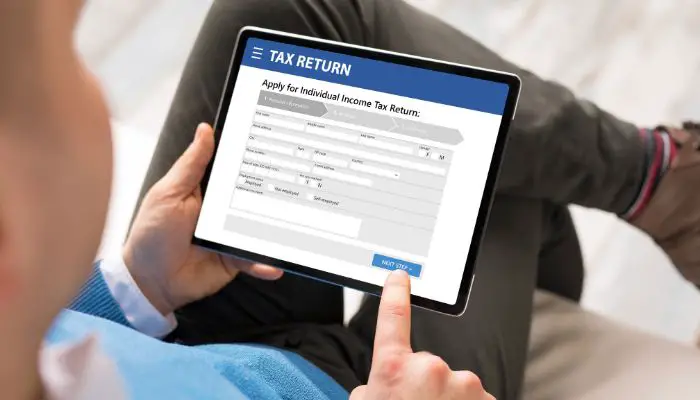Dropbox is a highly popular cloud-based storage and file-sharing solution. Although it gained most of its popularity with private customers who need to free up storage on their own devices, it also has a business side.
Dropbox was founded in 2007 and it didn’t come from some random entrepreneur but from a couple of MIT students. While they have gone through the kinds of growing pains you expect from businesses (security failures and privacy concerns), it remains a top option for businesses.
Once you set up Dropbox the right way, it’s a pretty secure means of storing and sharing files but is it secure enough for accountants?
Is Dropbox Secure for Accountants?

Dropbox for Business is often listed in the top five options for secure file-sharing and cloud storage for accountants. It’s a little more expensive than private accounts but offers a convenient and affordable option for accountants, especially during the tax season.
Dropbox is a viable option for accountants and other business ventures, though it competes heavily with FileCloud, Huddle, Citrix Sharefile, TitanFile, and others as a secure client portal for both small and large businesses.
It offers several hundred third-party integrations and it has 256-bit AES encryption with 2FA (Dual-Factor Authentication). Once you use a strong and unique password for your account, make use of 2FA, and lock up any device you are accessing Dropbox with a pin or password, your tax documents should be fairly secure.
You can also back up your Dropbox account with another like CloudAlly for a little more peace of mind.
The biggest reason that accountants go for Dropbox is the third-party integrations. A single accountant can accomplish so much without ever having to leave the platform. When you’re dealing with numbers on that level, the more seamless it is, the better it is.
Dropbox has over 600 million users, which is a mind-blowing number but it has had its share of security problems in the past. In 2011, Dropbox made a mistake in its update process, leaving a vulnerability, well, vulnerable.
It was so vulnerable that all a hacker had to do was have your email address and literally nothing else. In 2012, there was a nasty breach, exposing 68 million users’ private passwords and the associated email. It took Dropbox four years to clean it up.
Related Article: Does Dropbox Keep Files On My Computer? (Until You Change These Settings)
How To Securely Send And Receive Tax Documents With Dropbox?
Honestly, the most secure way to send and receive tax documents is by hand. But, if you have to do it through Dropbox, the errors of years passed have been cleaned up and Dropbox has a solid security infrastructure.
- When your documents are complete upload them to your Dropbox account
- Compose an email with a secure email service such as ProtonMail or Tutanota
- Copy and paste the link to your document into the email
- Send the email
- The recipient clicks on your link and securely downloads the file
You also have the option on Dropbox of securely sharing your entire tax folder with just a few clicks. And if needs be, you can set specific access permissions, such as making a folder so it can be viewed only, and not downloaded.
With a Pro plan, you can even set a link to expire or you can password-protect any of your shared files or folders.
When your file is sitting in your Dropbox account or in your accountant’s Dropbox account, it is AES 256-bit encrypted. When the file is downloaded (once the accountant clicks the link you provide or vice versa), TLS encryption is used for the transition.
TLS stands for Transport Layer Security and it was created by the Internet Engineering Task Force. It’s essentially the next step up for SSL, the protocol that preceded it. TLS is the industry standard and is used by the vast majority of businesses across the world, including Google.
Bottom Line
Dropbox isn’t going to blow anyone’s socks off in terms of security. It’s not the Pentagon. However, Dropbox does use the latest industry standards. Businesses often choose Dropbox because of how seamlessly integrated it is with so many third-party applications and as long as you make an effort to use Dropbox as securely as you can, it’s highly unlikely you’ll have any issues.
Ease-of-use is its own kind of security. The last thing you want is to stumble around in unfamiliar software, trying to figure things out, while maintaining a hundred tax returns.



